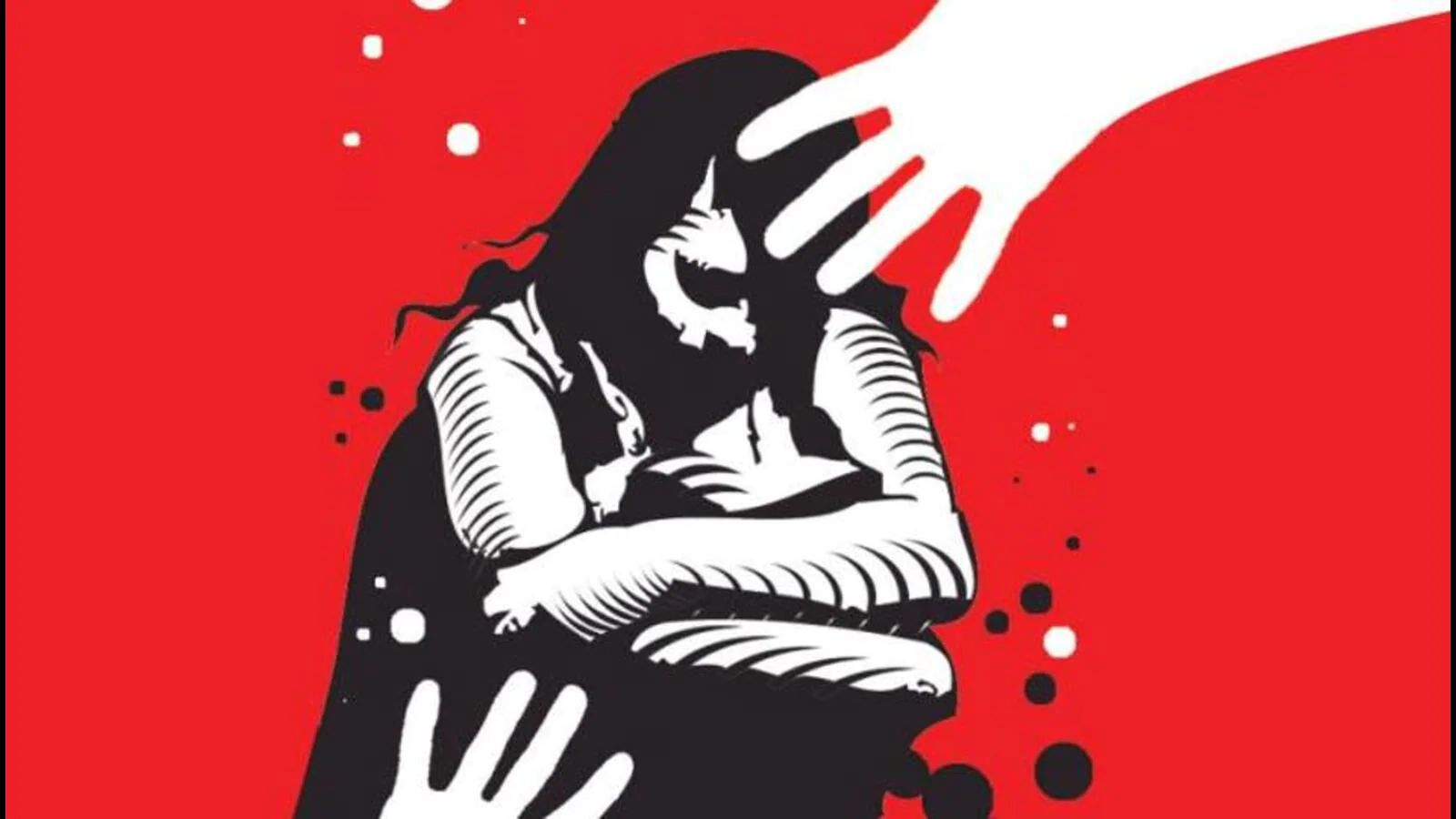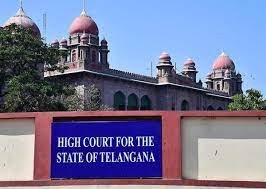ADVOCATES AND CORAM:
Advocate for Applicants: Mr. Bora Satyajit S.
APP for Respondent-State: Mr. S. S. Dande
CORAM: V. K. JADHAV AND SANDIPKUMAR. C. MORE, JJ.
STORY OF THE CASE:
That is simply how the case goes. The first appellant is a Police Inspector and was attached to Desai Gunj Police Station in March 1972 and the second appellant is also a Police Inspector.
On 26 March 1972, Gama (P.W. 3) filed an Ex-P8 report at Desai Gunj Police Station stating that Mathura (PW. 1) was raped by Nunshi (P.W. 2), her husband Laxman and Ashok. rang. The report was recorded by Superintendent of Police Baburao (P.W. 8) and on his request, all the three protesters who filed a case against Mathura (PW. 1) were taken to the police nature police station around 9 pm. and who wrote the lyrics of the two lovers. Around 10 to 30 o’clock. Baburao (PW.8) told them that Gama (PW.3) should bring a copy of the entry in the record regarding the birth of Mathura (PW.1) and he came to the house and told them to leave. No dinner yet. Both suspects were at the police station at the time.
After Baburao (P.W. 8) left, Mathura (PW.1), Nunshi (PW.2), Gama (PW.3) and Ashok started leaving the police station. However, the appellant questioned Mathura (P.W.1), Nunshi (P.W.2), Gamma (P.W.3), and Ashok who were waiting for Mathura (P.W.1) outside the police station and when they saw the light on, they thought he was there. a warning. He said that the police station was closed and the door was locked from the inside, they went to the back of the police station to find out what happened, there was no light inside and Nunshi (PW.2) was shouting at Mathura (P.W.1). . Without any reply the noise attracted the attention of the crowd and after some time appellant Tukaram came out from behind the police station and Nunshi (PW.2) asked him if the girl had gone out. Shortly after he left, Mathura (PW.1) also appeared behind the police station and informed Nunshi (PW 2) and Gama (PW.3) that Ganpat had forced her to undress and harm her.
The court found that there was insufficient evidence to prove that Mathura was under the age of 16 at the time of the crime. He declared her an “incredible liar” whose testimony was “full of lies and incompetence”. However, he stated that “the best decision that gave him confidence was to have sex while in the police and probably file a case with the right person.” However, he added that there is a world of difference between “sexual intercourse” and “Rape” and although the defense version is just a denial of the rape charge, rape has not been proven. Take this at face value. He observed: “He (Mathura) cannot confess that he voluntarily gave Nush’s body to the police when he saw that Nush was angry and knew that Nush would think something suspicious was going on.” The crowd among them is his lover. Ashok is ahead. Who should he treat well? So – and this is also a possibility – he would have made the story that he was imprisoned in the police station and tortured by the accused impersonator.
The present sound of crying and alarm is of course its combination, but there is no reason to doubt the assertion of Baburao (PW. 8) that after recording his statement he and Gama were also noted. When he left the police station and started passing through the gate, appellant Ganpat caught him and took him to the toilet. If that’s the case, then laugh that this would be too dangerous for the police, even though he has his brother (and maybe Ashok and his aunt Nunshi) with him and leaves the police. If the appellant had been alive or had just left the police station he would not have tried to fight at all. On the other hand, even before he knew who the sexual offender was, the thought that came to his mind was to grab the hand that caught him and ask for help. He did not obey his friend, who was his brother, aunt, and lover, but his soft heart obeyed the beggar Ganpat and allowed him to do whatever he wanted. The agreement in question is not consent that can be dismissed as “passive obedience”.
FACTS:
An Adivasi girl named Mathura lives with her brother Gama because their parents died young. She is between 14 and 16 years old. She comes from a poor family so she works in her brother Nush’s house and she works as a maid in Nush’s house where she meets Ashok (Nush’s son’s grandson). They decide to start a relationship and get married, but Gama does not approve of this relationship. So, Mathura ran away with Ashok.
This led Gamma to approach the Desaiganj town police and file a complaint alleging that a child, Mathura, had been kidnapped by Ashok and his family on March 26, 1972. Blame Officer Blau. Mathura, Gama, Ashok, and their families are called for investigation (21.00). When his words were recorded (at 22:00), Bab law asked them to leave and he went home.
When they all left, Doctor Ganpat told Mathura to stay and his relatives to wait outside. He harassed her by looking at her private parts, then raped her behind the police station. Police chief Tukaram also disturbs her by touching her private parts, but he cannot rape her because it is too much fun.
When Mathura came out, he told everyone. After this Dr. Kamal Shastrakar checked it. Medical records said he was not physically injured, but semen was found on his clothing. Dr. An FIR was filed against the two officers on the advice of Kamal Mathura.
JUDGEMENT:
On June 1, 1974, the case was heard in court. The trial judge ruled against the defendant that this was consensual sex, not rape. They say Mathura used to have sex, there may have been sex between Mathura and Ganpat, but it was approved because there was no harm to her body. Explain the difference between sex and rape. They also added that Tukaram touched them because of his homosexual behavior. Having sex with a woman under the age of 16 is an offense under Section 375(6) of the IPC, regardless of consent. The court said there was insufficient evidence regarding Mathura’s age. Therefore, they said that the plaintiffs were innocent and the prosecution did not prove them.
Bombay High Court
The Hon’ble Supreme Court has decided on the difference between consent and illegal deportation. The court said that since the petitioner is a foreigner, the probability of Mathura’s approval is very low and Mathura is unlikely to grant it to the petitioner. They also said how a group of girls could attack middle age, but the main plaintiff disagreed. In addition, it was concluded that the presentation was insufficient due to the threat of harm and that it could not be considered as consent to sexual intercourse with consent.
They also said that Tukaram did not harm her, but his behavior was sexual. The court also believed that the lack of a physical examination could be because the doctor examined the body 20 hours after the incident and had taken a shower during that time. Therefore, the High Court found the accused guilty and sentenced appellant Tukaram to 1 year imprisonment and appellant Ganpat to 5 years imprisonment.
Supreme Court
In September 1979, the Supreme Court of India gave its verdict in the case of Tukaram v. The Supreme Court stated that “There was no physical injury” and proved that the defendant acted without resistance, therefore this was not rape but consensual sex. The court also made it clear that Mathura was not informed about the crime, hence was willing to release the accused.
According to Section 375(3), the court said that he did not accept his request to join the police force and was therefore threatened with harm because of his desire to exclude his family. The court said that he did not seek relief or objection in respect of Article 375(2), so the decision was made with his approval. This is why Mathura has been declared to have “sex appeal”. The Supreme Court acquitted the accused and the decision of the Bombay High Court was set aside.
Following the case
Following the Supreme Court decision, four lawyers Upendra Baxi, Lotika Sarkar, Raghunath Kelkar, and Vasudha Dhagamwar approached the Supreme Court of the House of Representatives of India in Tukaram v. The Maha judgment in the Rashtra state case mentioned how the Supreme Court requested a girl aged 14-16 years to call for help two police officers who were detained at the police station. Does a girl working as a maid have enough scars on her body to protect two police officers? Is it because there are no signs that this behavior is not protected?
Despite the strong opposition to the decision, the Supreme Court did not change its decision and said that there was no law.
Changes
After the decision, some important changes were made: The Evidence Law, if the victim stated that he did not consent to sexual intercourse added Article 114(A) which states that the court must assume that the victim did not consent.
Sections 376(A), 376(B), 376(C), and 376(D) of IPC have also been added, making custodial rape punishable by more serious words.
CASE FINDINGS:
Supreme Court decision in Tukaram v. The State of Maharashtra is an imitation of justice. Mathura is a rape victim and the police officers who raped her must be held accountable for their crimes. The Supreme Court decision sends the message to victims that their voices will not be heard and they will not be able to access justice. This decision is a defeat for India’s struggle for women’s rights and should not be forgotten.
Tukaram v. In the Maharashtra case, the Indian constitution introduced various reforms to better protect the rights of victims. These changes include the introduction of the Protection of Children from Sexual Offenses Act (POCSO Act), which provides for tougher penalties for child sex offenders, and the Nirbhaya Fund, which provides financial assistance to victims and their families.
Despite these changes, there is still a long way to go in protecting the rights of victims in India. The stigma associated with abuse, lack of access to justice, and fear of persecution by perpetrators continue to make it difficult for victims to come forward and seek justice.
It is important to fight for the rights of rape victims in India. We must ensure that victims of torture have justice so that they are not stigmatized and afraid to come forward and report the crime committed against them.



